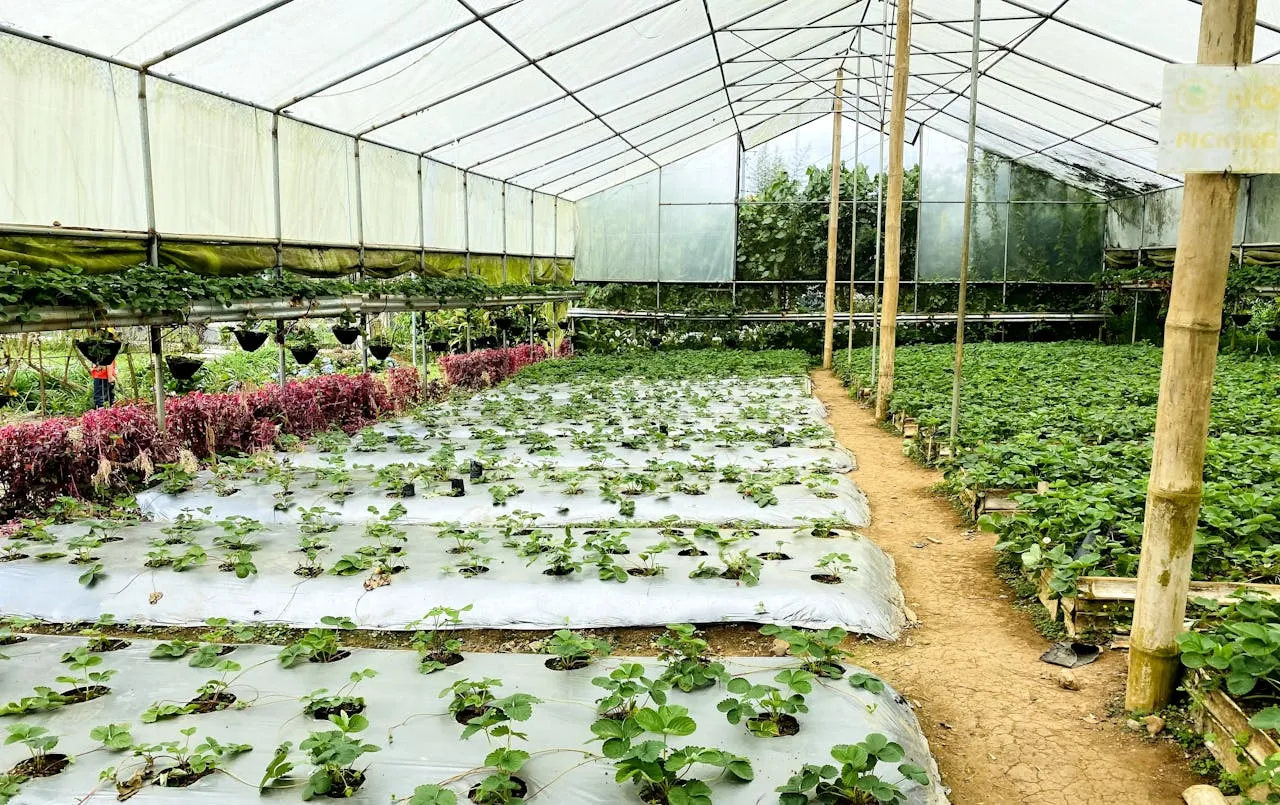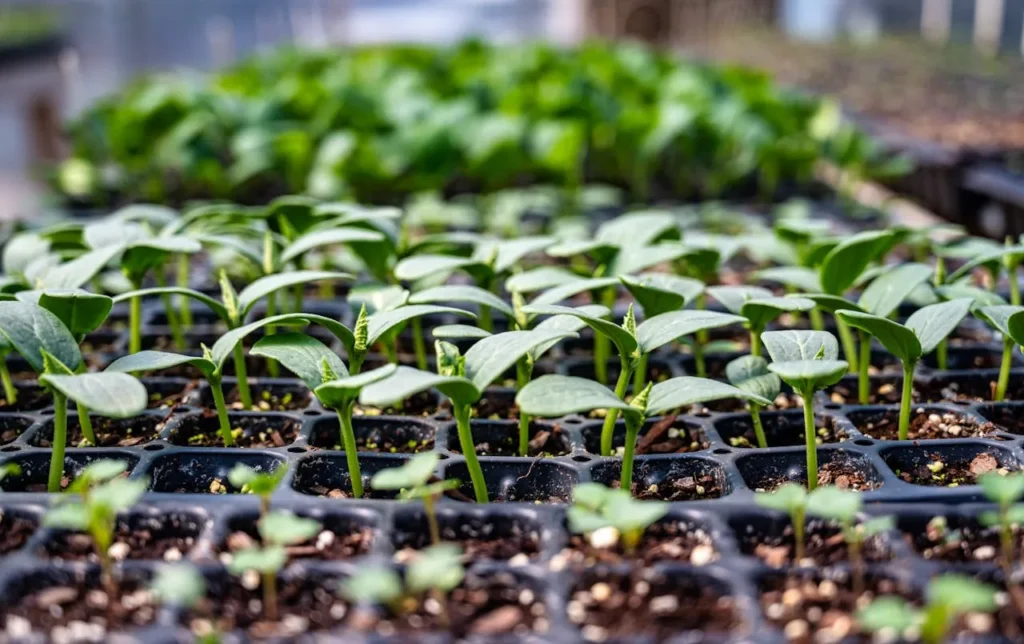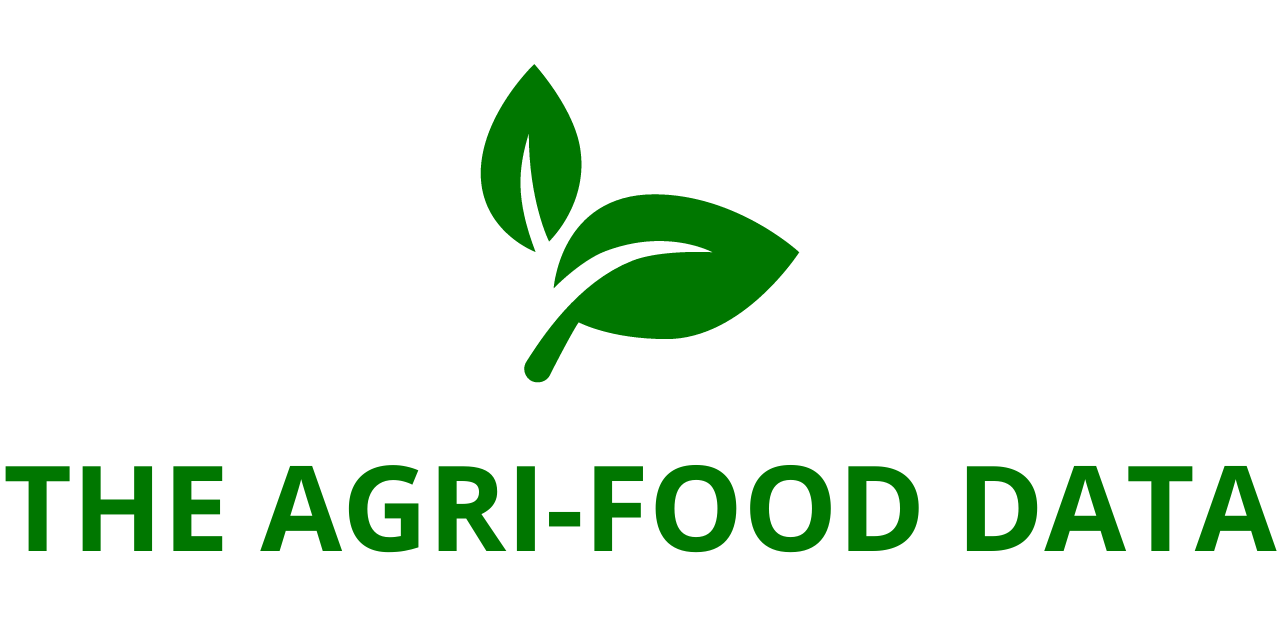
The report titled “Commercial Greenhouse Market Size, Share, Trends, Analysis, and Forecast 2025–2034 | Global Industry Growth, Competitive Landscape, Opportunities, and Challenges” has been newly added to ResearchAndMarkets.com’s repository. It provides an in-depth look at the future of the commercial greenhouse sector, a market poised for rapid expansion in the coming decade.
According to the report, the global commercial greenhouse market is estimated to reach USD 33.7 billion by 2025 and is projected to grow at a compound annual growth rate (CAGR) of 11.2%, ultimately reaching USD 87.8 billion by 2034. This surge in growth highlights the strategic importance of greenhouse farming as a cornerstone of sustainable agricultural practices and future food security.
Drivers of Market Growth
1. Rising Global Demand for Controlled-Environment Agriculture
A primary factor fueling the growth of commercial greenhouses is the increasing global demand for fresh, high-quality, and pesticide-free crops throughout the year. Traditional farming methods are often at the mercy of changing weather patterns, soil degradation, and seasonal limitations. In contrast, greenhouse cultivation offers a controlled, protective environment that enables the production of a wide range of crops regardless of external climatic conditions. This ensures consistent yields, extended growing seasons, and enhanced protection from extreme weather events, pest infestations, and diseases.
As urban populations grow and diets shift toward fresh produce, demand for reliable and resilient food production systems is on the rise. Commercial greenhouses provide a scalable solution for feeding expanding populations while minimizing pressure on arable land.
2. Technological Advancements Transforming Greenhouse Operations
Technology has become a defining feature of modern greenhouse operations. The adoption of automation, data analytics, artificial intelligence (AI), and Internet of Things (IoT)-enabled monitoring systems is revolutionizing how crops are grown under glass or plastic structures.
With smart sensors, growers can continuously monitor critical variables such as temperature, humidity, light levels, and CO₂ concentration. Automated systems can adjust irrigation, ventilation, and lighting in real-time, reducing manual labor and ensuring optimal conditions for plant growth. These innovations not only boost productivity but also enhance resource efficiency, especially in water and energy use—two major concerns in agriculture.

In addition, the use of computer vision, drones, and robotics is becoming more prevalent for tasks such as pest detection, crop health assessment, and harvesting, thereby improving yield quality and reducing operational costs over time.
Sustainability and Environmental Impact
As the agricultural industry grapples with the dual challenge of feeding a growing population and reducing its environmental footprint, commercial greenhouses offer a compelling solution. Many operators are integrating renewable energy sources—such as solar panels, geothermal systems, and biomass boilers—to power greenhouse operations. These eco-friendly technologies help lower greenhouse gas emissions, reduce dependency on fossil fuels, and improve the overall sustainability of production systems.
Furthermore, closed-loop systems are being used to recycle water and nutrients, minimizing waste and runoff. The use of hydroponic, aeroponic, and aquaponic systems within greenhouses also supports water-efficient farming practices, making it feasible to grow crops in arid or semi-arid regions where traditional agriculture is difficult.
Challenges and Constraints
Despite the numerous benefits and growing adoption, the commercial greenhouse market is not without its challenges:
1. High Initial Capital Investment
Building and outfitting a technologically advanced commercial greenhouse requires significant upfront capital. The costs of structure installation, climate control systems, lighting, automation, and water management technologies can be prohibitive, particularly for small to mid-sized farms and operators in developing regions.
2. Need for Skilled Workforce
Operating high-tech greenhouses demands a workforce proficient in using data-driven tools, managing automation systems, and implementing precision agriculture techniques. There is a growing need for training programs and educational initiatives to develop skilled personnel who can manage complex greenhouse environments efficiently.
3. Regulatory Compliance
While greenhouses are a boon for sustainability, navigating varying regulatory landscapes across countries—especially regarding energy use, chemical inputs, and food safety—can be complex. However, governments are beginning to provide subsidies and policy support to ease the transition toward greenhouse agriculture, especially in regions where food security is a concern.
Regional Insights
North America and Europe
These regions dominate the commercial greenhouse market, driven by mature infrastructure, favorable regulatory frameworks, and strong consumer demand for organic and locally produced foods. The United States, Canada, the Netherlands, and Germany are at the forefront of adopting smart greenhouse technologies. In particular, the Netherlands is recognized globally for its advanced greenhouse systems and vertical integration of supply chains.
Asia-Pacific
The Asia-Pacific region is witnessing rapid market expansion, with countries like China, India, Japan, and Australia investing heavily in greenhouse development to meet rising food demands and reduce import dependency. Government support, increasing urbanization, and growing awareness about food quality are pushing the region toward greenhouse-based cultivation.
Latin America and Middle East & Africa
While still emerging, these regions show considerable promise, particularly due to climate-related constraints on traditional agriculture. Adoption is gradually increasing as local governments and agribusinesses recognize the potential of commercial greenhouses in improving food production efficiency.






